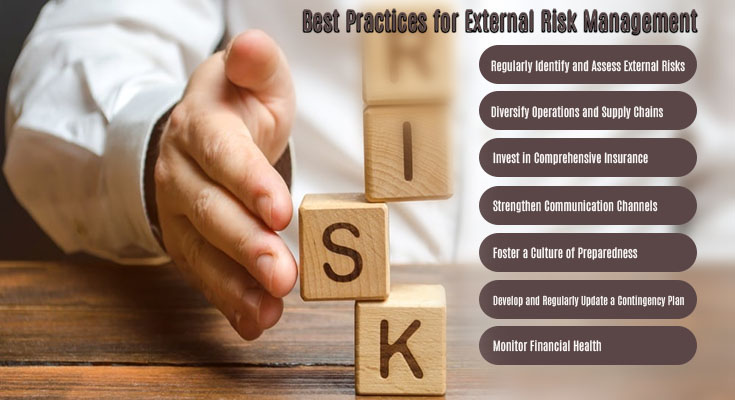
Best Practices for External Risk Management
External risk management is the practice of identifying, assessing, and mitigating external threats that might negatively impact an organisation’s operations. In today’s globalised economy, these risks can emerge from a variety of sources: natural disasters, geopolitical shifts, and technological disruptions, to name a few. Proactively managing these threats helps ensure that a company can weather unexpected storms and remain competitive. Let’s delve into some best practices that can fortify your external risk management strategy.
1. Regularly Identify and Assess External Risks
Stay Updated: To safeguard against unforeseen external risks, you must first be aware of them. This means consistently monitoring news outlets, industry reports, and global events. Updated knowledge enables you to anticipate threats before they happen.
Use Technology: Leverage analytical and AI-driven tools that scan the environment for potential risks. These tools can help you pick up on patterns and trends that might signal a future threat.

